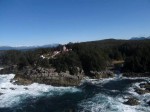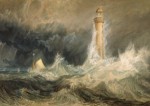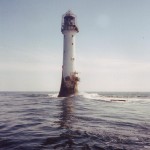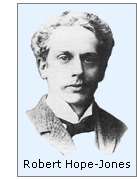May 27, 2012 – copied from the LA Times
The great Pacific garbage reality. It’s not tsunami debris we should fear; it’s the trash clogging our oceans – Usha Lee McFarling
I received permission today to reprint this article written by Usha Lee McFarling supporting the theory expressed in my story Japanese Debris On The BC Coast – Is it from the Tsunami?
In thirty-two (32) years living on and beachcombing the British Columbia (BC) coast in many different areas, I still believe that the press is making a big, and false, hoopla over this.
Sure, every year debris comes on the western North American (NA) coasts in the wintertime – a lot of it from Asia (not only Japan!). This year seems to be an exceptionally good year for garbage with tides and currents working well together to bring it to the NA shores, and the debris is also supplemented by the Japanese tsunami of March 2011. Don’t panic! It has been happening every year, with or without the tsunami!
***************************
The Story from Ms. McFarling:

For months, West Coast residents have been bracing for an onslaught of items drifting toward us since last spring’s tsunami in northeastern Japan, which swept apartment buildings, cars, even entire villages, into the sea.
Now we are seeing the first trickle of that debris. A ghost ship arrived in the Gulf of Alaska this spring. A rusting Harley Davidson from Miyagi prefecture was discovered on a remote beach in British Columbia. A soccer ball found on an Alaskan island and marked with a personal message was returned to its delighted teenage owner in the tsunami-devastated town of Rikuzentakata.
Like dreams — or nightmares — these wayward bits of other people’s lives bring us closer to the distant disaster. They make the world smaller. A number of groups have started projects to reunite recovered possessions with their former owners. And one beachside town in Oregon is hoping tsunami “treasure hunting” will result in increased tourism.
But now that the first unlikely items have reached us, we’re also beginning to worry: Will the debris be radioactive? Will human remains turn up? Will mountains of scrap cover our beaches? One blogger callously suggested the Japanese government should pay for the cleanup.
Such reactions reveal a torrent of misconception. Continue reading Reprint – The Great Pacific Garbage Reality










